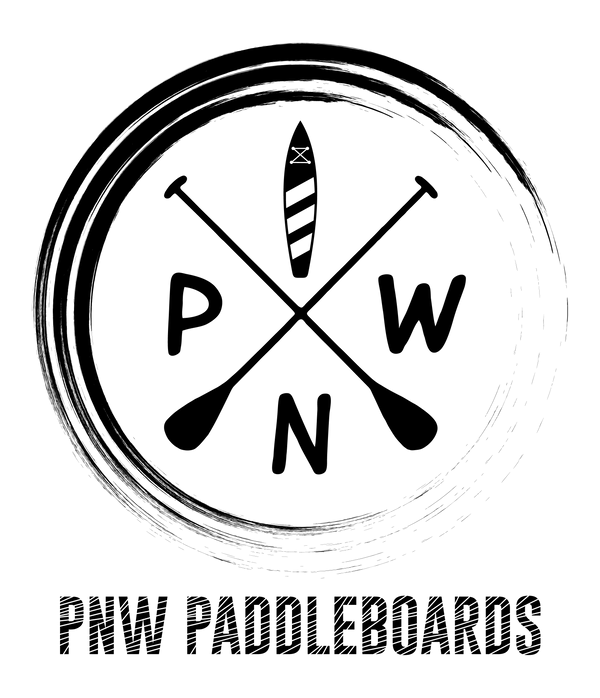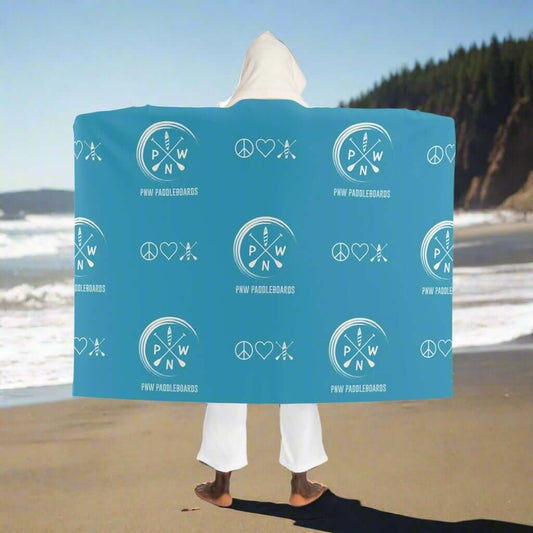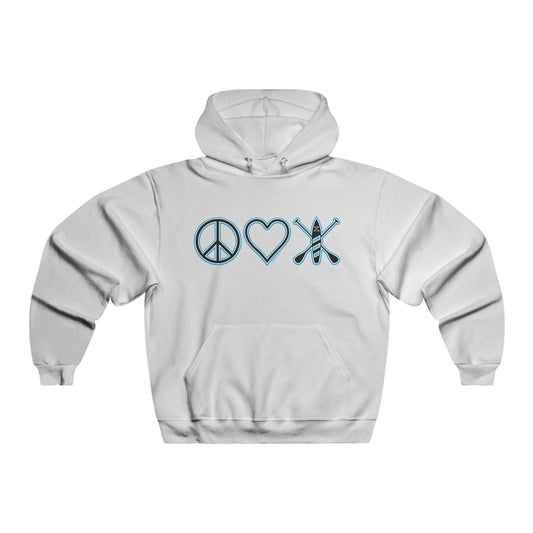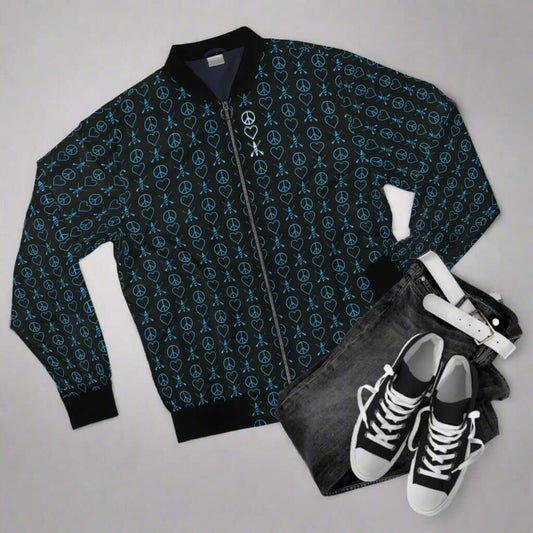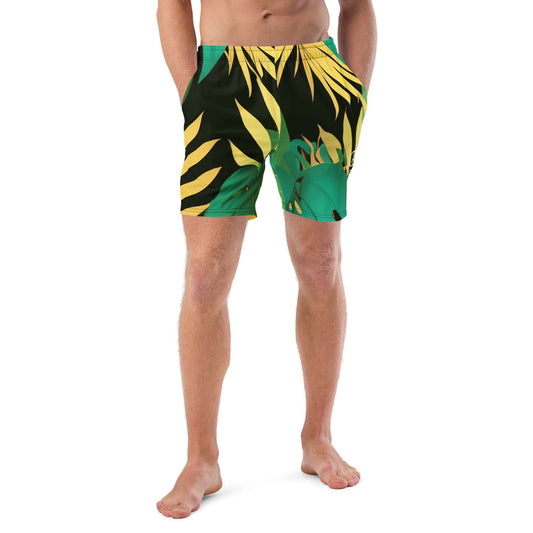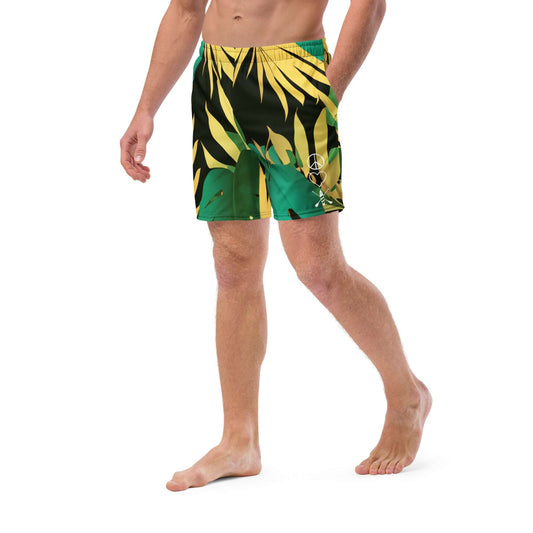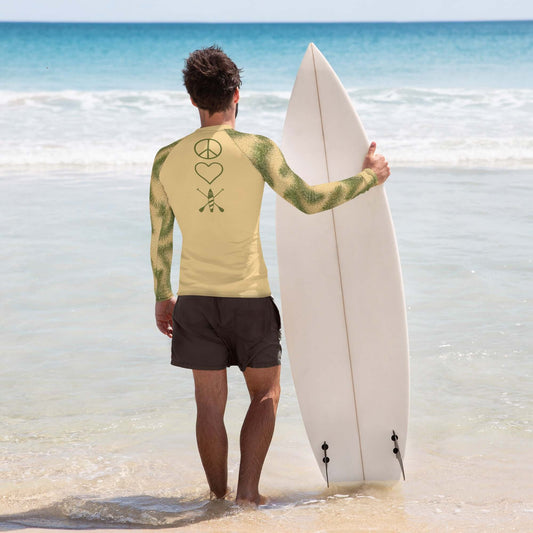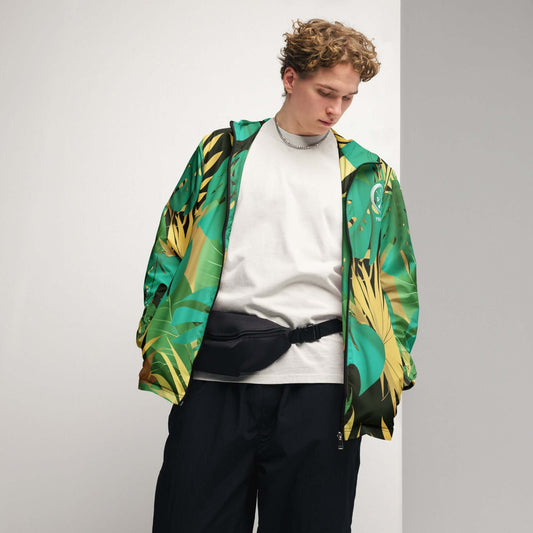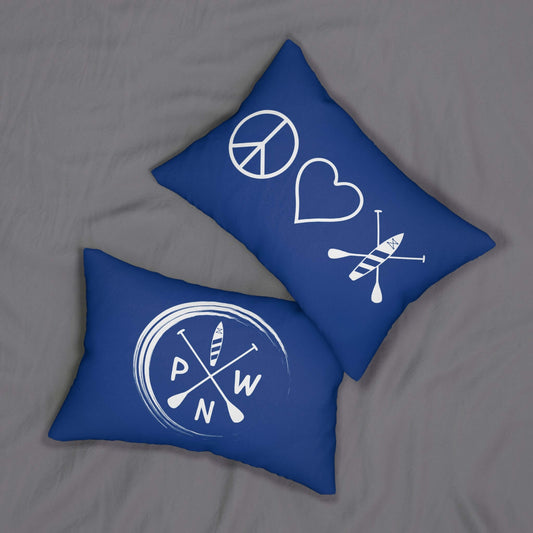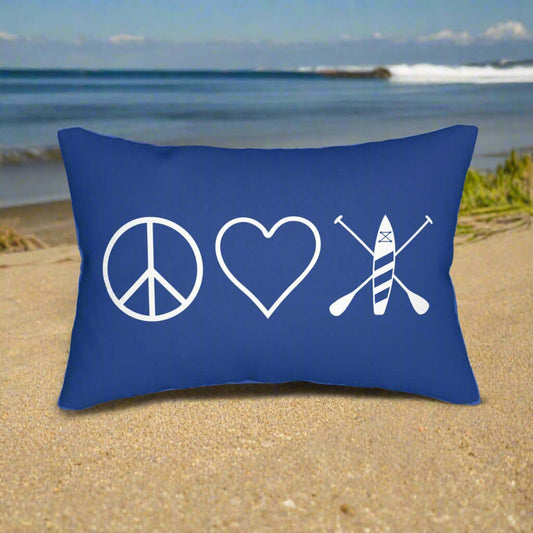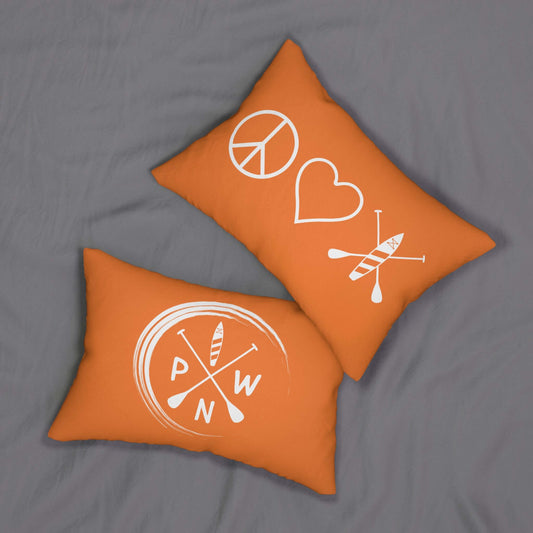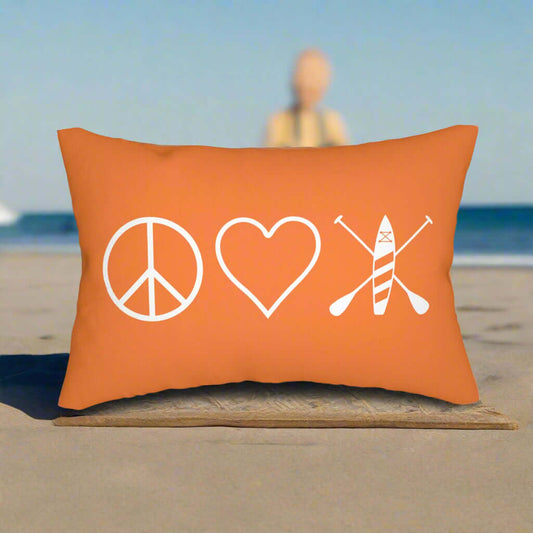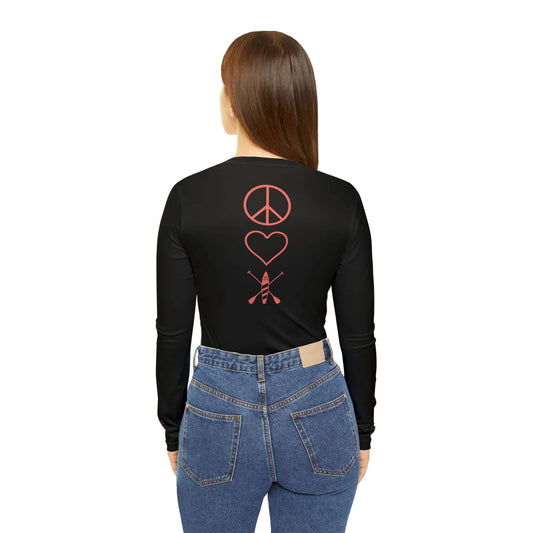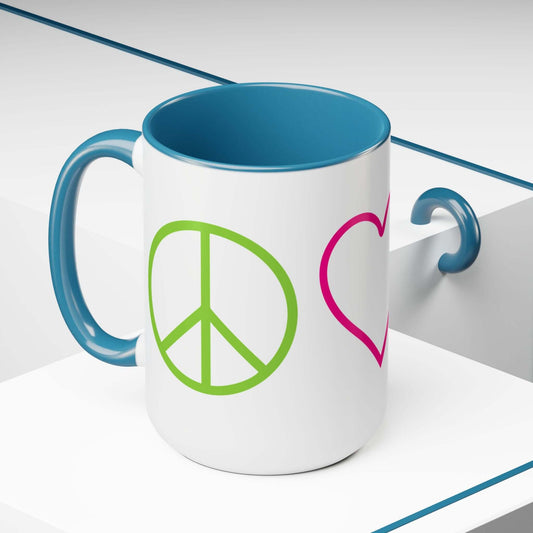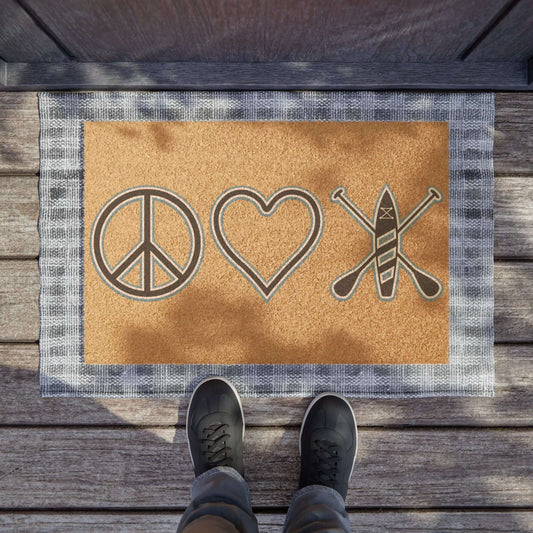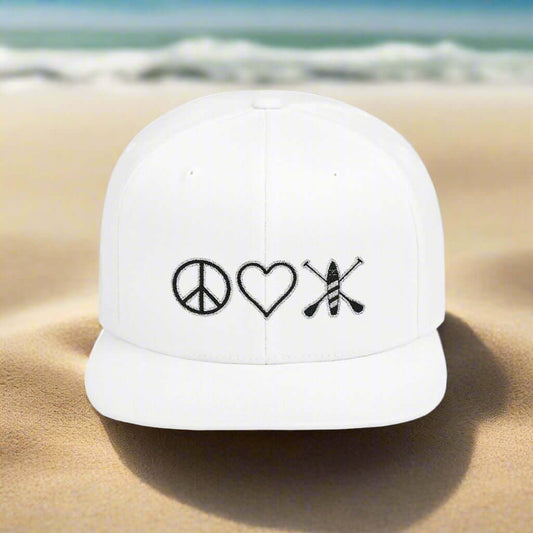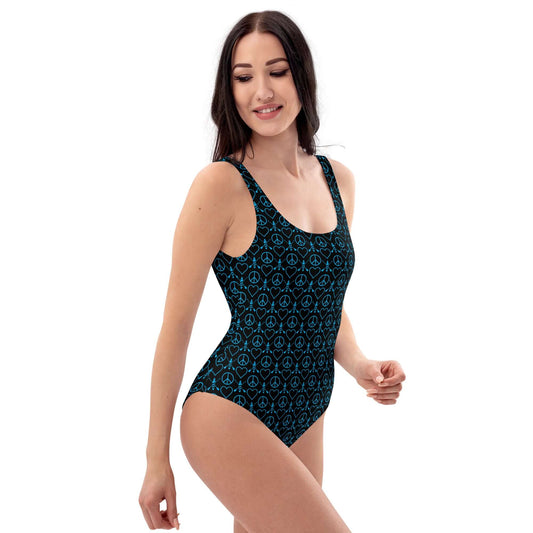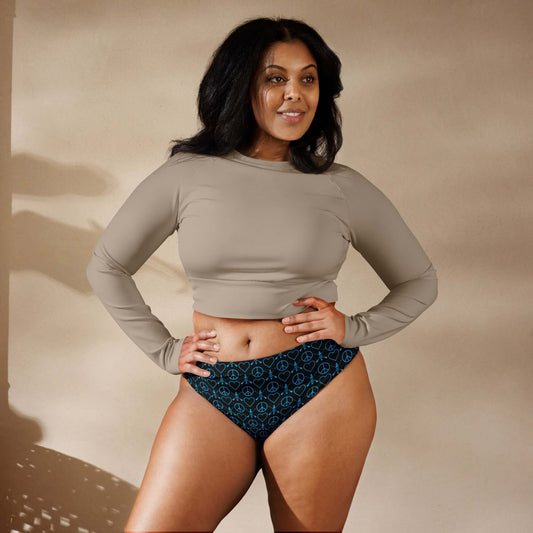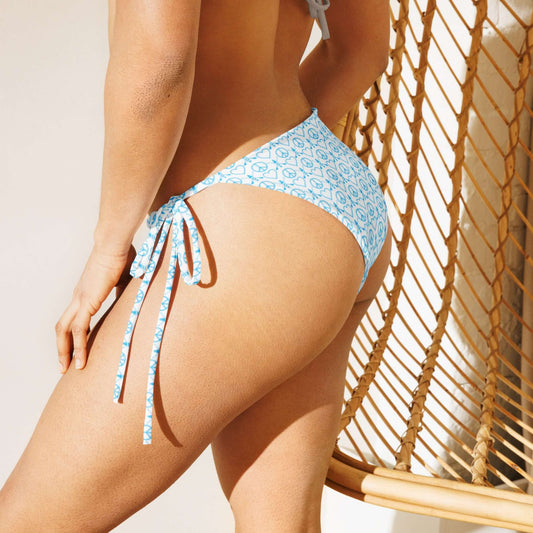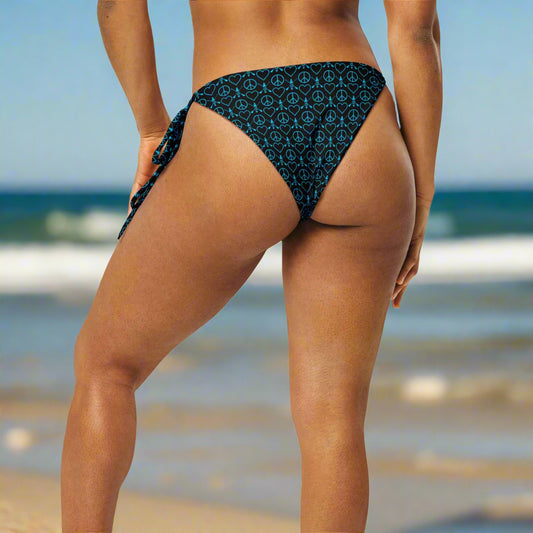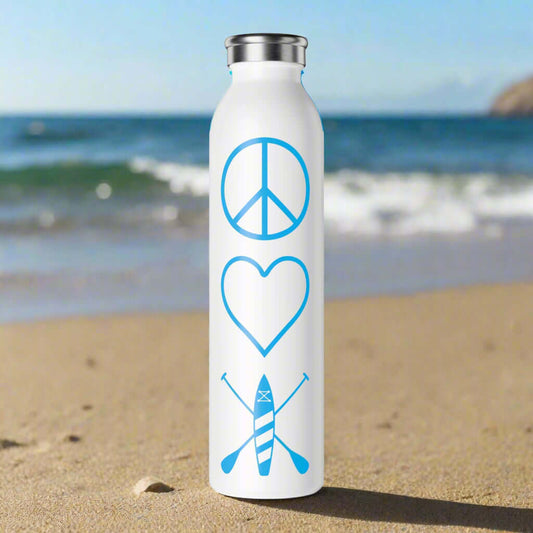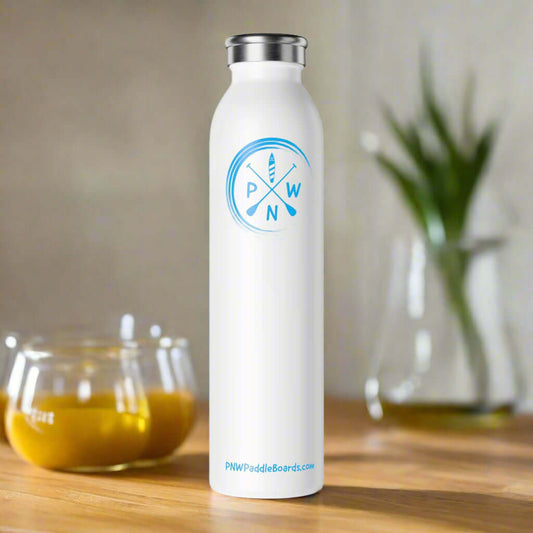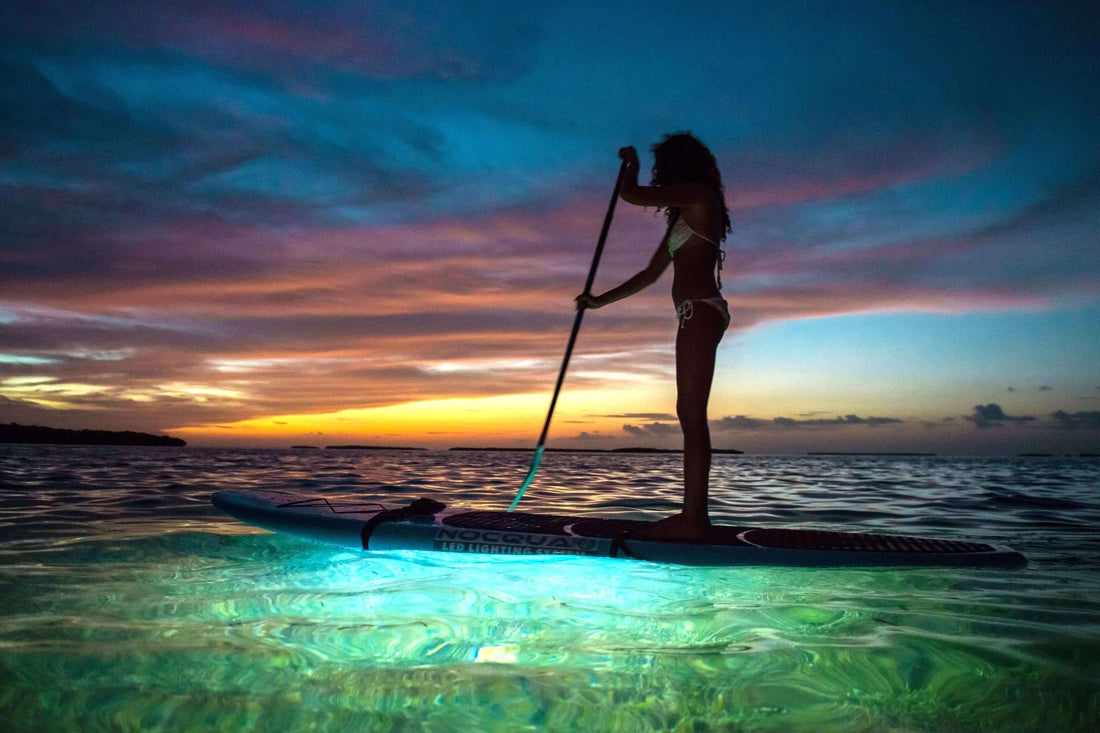
Epic Showdown: Epoxy Paddleboards vs. Traditional Boards
When it comes to paddleboarding, choosing the right board can make all the difference. With an array of boards available on the market, many paddleboarders find themselves at a crossroads between epoxy paddleboards and traditional boards. This blog post delves into the features, advantages, and considerations of both options, helping you make an informed decision for your aquatic escapades. Whether you're a seasoned pro or a beginner, understanding these differences can enhance your paddleboarding experience.
Understanding Paddleboard Materials
The world of paddleboards is diverse, but it can broadly be classified into epoxy and traditional materials. While both styles offer unique benefits, they cater to different riding styles and needs.
What is an Epoxy Paddleboard?
Epoxy paddleboards are constructed using a lightweight foam core that is encased in layers of fiberglass and epoxy resin. This combination results in a strong, durable board that is known for its performance on the water.
The Traditional Boards Landscape
Traditional paddleboards are often made from materials like wood or polyethylene. These boards can provide a classic feel and have been trusted by surfers for generations. However, when compared to more advanced materials like epoxy, traditional boards may fall short in certain performance aspects.
Performance: Speed and Maneuverability
When most paddleboard enthusiasts think about performance, they typically consider speed and maneuverability as key factors. Here’s how epoxy paddleboards stack up against traditional ones in these areas.
Speed and Glide
Epoxy paddleboards are generally quicker and easier to glide through the water, thanks to their lightweight nature. This results from the smooth, hydrodynamic shape they often possess. On the other hand, traditional boards may struggle with drag, especially in choppy conditions.
Maneuverability and Stability
While both types of boards can offer a stable ride, epoxy paddleboards often provide better maneuverability. This is particularly advantageous for those who enjoy exploring new waters or require responsive handling when paddling in challenging conditions.
Durability and Maintenance
Durability is a crucial aspect of any paddleboard. After all, you want your investment to withstand the test of time. Let's take a closer look at durability and maintenance needs for epoxy versus traditional boards.
Epoxy's Robustness
Epoxy paddleboards are built to withstand rough conditions. The epoxy resin provides a layer of protection that is less susceptible to dents and punctures compared to traditional materials. This makes them an excellent choice for those who frequently paddle in rocky or debris-filled waters.
Traditional Boards: A Different Challenge
While traditional paddleboards can also endure the elements, they require more upkeep. For instance, wooden boards may need regular sealing and maintenance to prevent warping, whereas polyethylene boards can stress and develop cracks over time. Investing in an epoxy paddleboard can therefore save you maintenance-related hassle in the long run.
Weight Considerations
Paying attention to weight can significantly impact your paddleboarding experience. Here’s how each board type compares in this critical aspect.

Lightweight Advantage of Epoxy
One of the most significant benefits of epoxy paddleboards is their lightweight construction. This not only makes them easier to transport but also simplifies paddling, particularly over longer distances. Enthusiasts often find that the lightweight design allows for less fatigue and a more enjoyable day on the water.
Heft of Traditional Boards
In contrast, traditional boards, particularly those made from wood or higher-density plastics, can be significantly heavier. This added weight may pose challenges during transportation and can lead to fatigue if you're planning a long paddle session. While heavier boards may offer stability, the trade-off on convenience can be a deal-breaker for many.
Safety First: Which Board is Safer?
Safety should always be a primary concern when engaging in water sports. Let's explore how the safety features compare between epoxy paddleboards and traditional boards.
Stability and Balance
Epoxy paddleboards offer enhanced stability due to their design and buoyancy. This stability is paramount for beginners who are still developing their balance skills. Rough waters or windy conditions can be challenging, but with a stable epoxy paddleboard, riders often feel more secure.
Soft Top Surfboards: A Safer Alternative
For those new to paddleboarding, the introduction of soft top surfboards provides additional safety benefits. While they fall outside the direct comparison of epoxy vs. traditional boards, soft top surfboards are known for their forgiving surfaces, making them safer for accidental falls or bumps. They can also be less intimidating for children and newbies. Consider these when weighing your options.
Cost Analysis: Budgeting for Your Board
The cost is often a significant factor for many buyers. Understanding the pricing structure of epoxy versus traditional boards can help you budget appropriately.
Investment in Durability
Generally, epoxy paddleboards tend to be pricier than traditional options. However, it's crucial to consider the longevity and durability that comes with this higher price point. You may find that spending a bit more upfront saves you financially in terms of repairs and replacements in the long run.
Traditional Boards: The Budget Option
On the other hand, traditional boards might seem like the more economical choice initially. However, potential maintenance costs could accumulate over time. This makes them a short-term budget option but may not be the best long-term investment.
Which One is Right for You?
Choosing the right board ultimately depends on your personal needs, skill level, and planned usage. Here are some considerations to guide your decision:
- Your Skill Level: If you're a beginner, the stability and lightness of an epoxy paddleboard may be more beneficial.
- Paddling Purpose: For recreational paddlers looking for adventure, amphitheaters made from epoxy can provide the agility and responsiveness needed.
- Budget Constraints: Be realistic about your budget and long-term goals; it might be wise to invest in quality despite the initial cost.
- Maintenance Commitment: Are you willing to invest time in maintaining a traditional board, or do you prefer an option with minimal upkeep?
Ride the Wave of the Future!
Choosing between epoxy paddleboards and traditional boards is a significant decision that calls for thoughtful consideration. Whether you opt for the lightweight, durable nature of epoxy paddleboards or prefer the classic feel of traditional boards, the important thing is to find a board that fits your needs and enhances your experience on the water.
Remember, paddleboarding is not just about the board; it's about the adventures, memories, and joy of being out on the water. Evaluate your options carefully and get ready to ride the waves!
